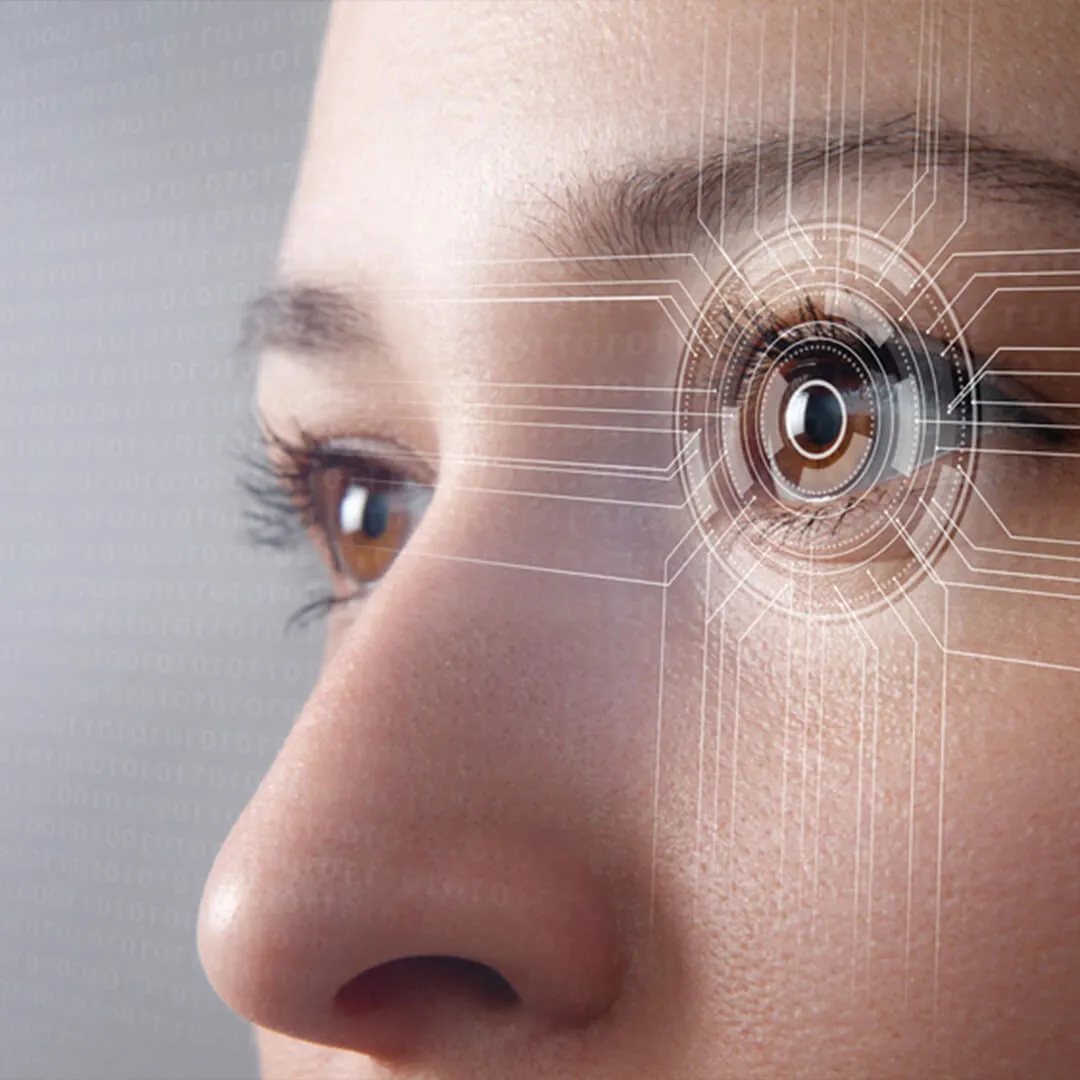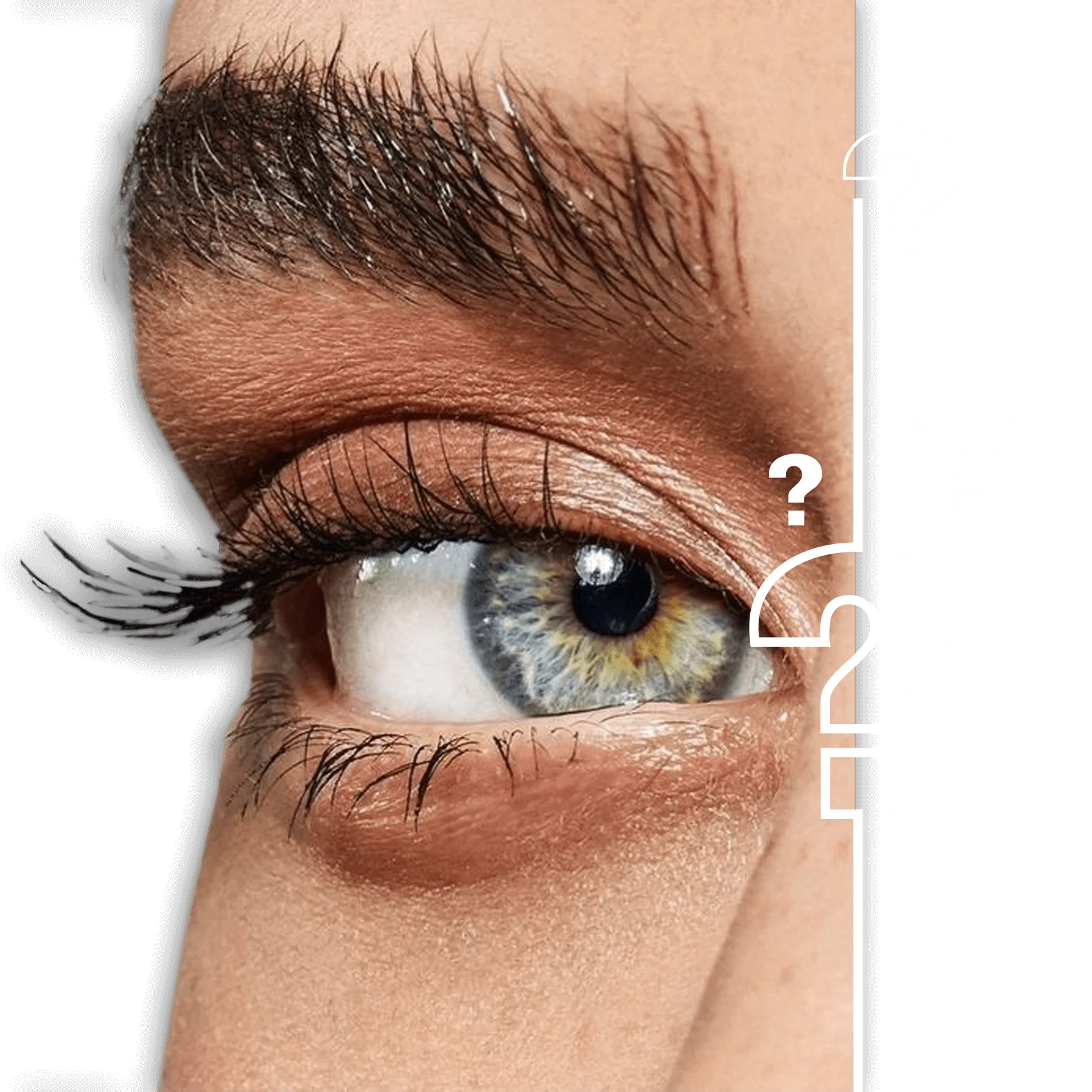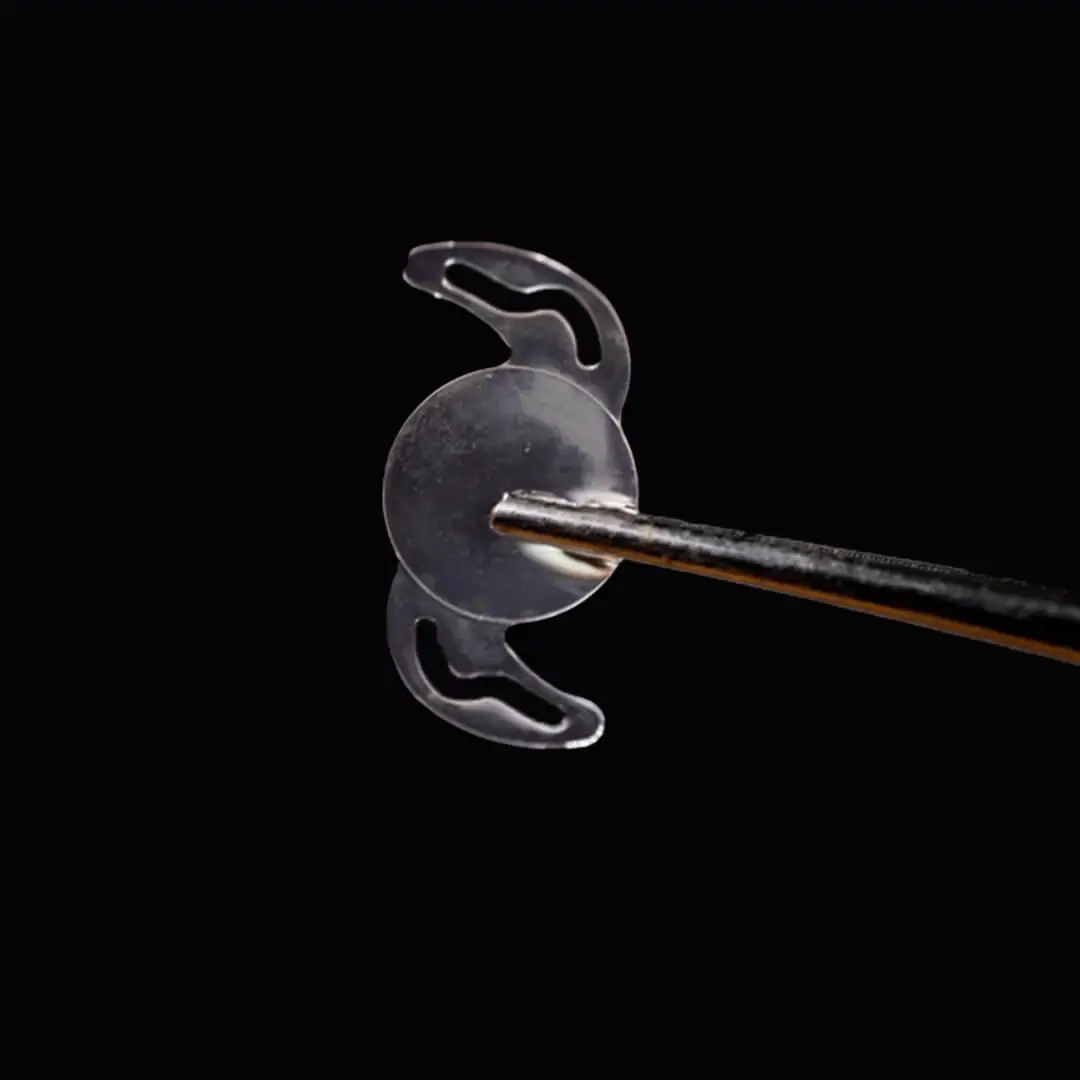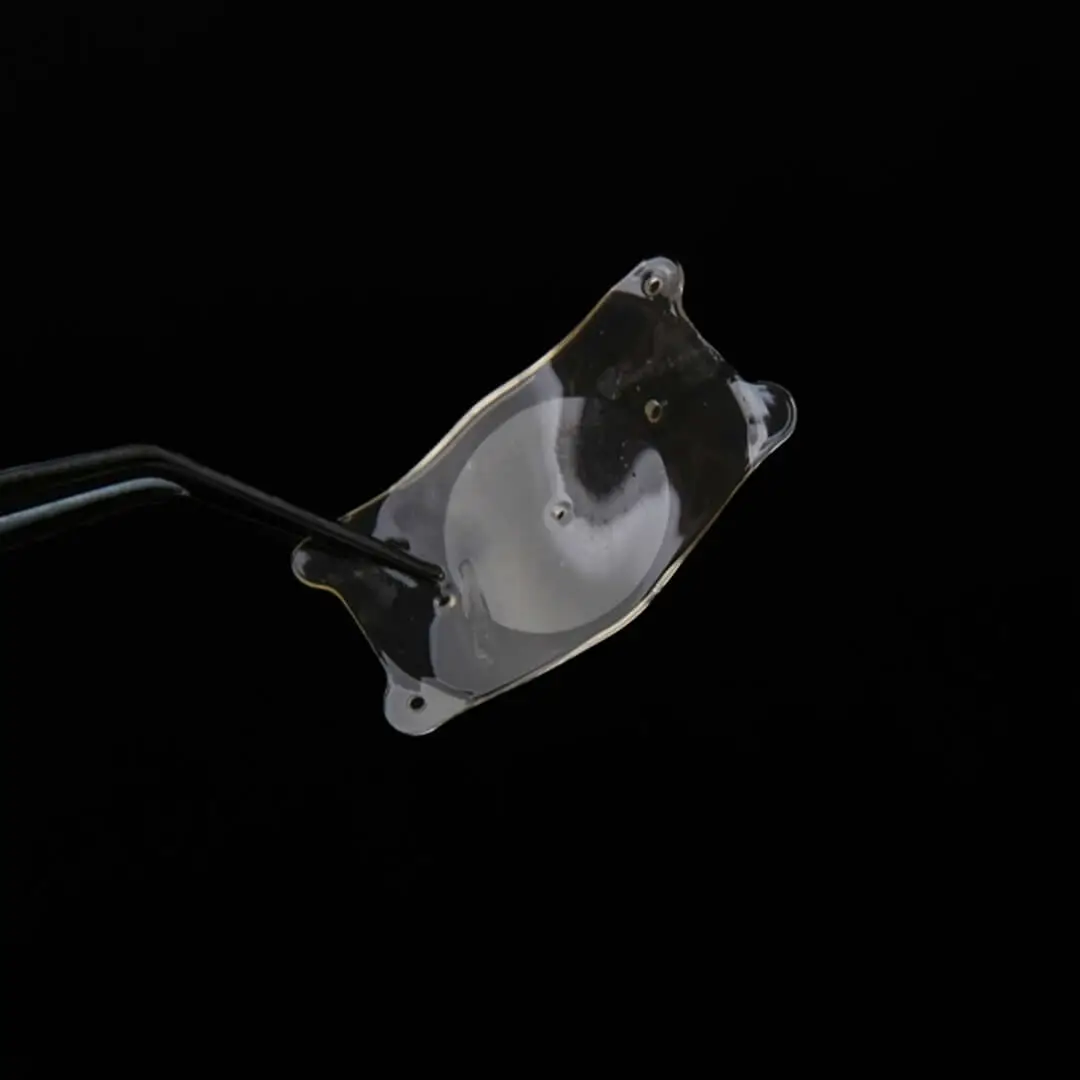Smart Lenses or Intraocular Lenses (IOL), mark a revolutionary advancement in ophthalmology, with Istanbul, Turkey emerging as a premier destination for this cutting edge eye treatment. These artificial lenses, implanted surgically to replace clouded natural lenses due to cataracts, stand out for their dynamic adjustments based on object distance, mimicking the natural lens’s youthful capabilities.
The innovative features of Smart Lenses (IOL) in Istanbul encompass adaptability to various distances, addressing vision problems like myopia and hyperopia and providing a potential lifetime solution, reducing dependence on glasses. Some Smart Lenses even offer added protection from ultraviolet and blue light, enhancing retinal safeguarding.
In essence, these high tech intraocular lenses showcase how medical technology innovations significantly enhance quality of life. For those contemplating vision correction, especially in the picturesque Istanbul, Smart Lenses (IOL) present a durable and effective solution, tailored to individual vision needs.

Istanbul stands at the forefront of groundbreaking eye care, particularly in the realm of Smart Lenses, also known as Intraocular Lenses (IOL). These revolutionary lenses, surgically implanted to replace clouded natural lenses due to cataracts, have positioned Istanbul as a leading destination for cutting edge eye treatments.
Smart Lenses boast dynamic capabilities, adjusting focus based on object distance, replicating the natural lens’s youthful functions. In Istanbul, these lenses offer adaptability to various distances, addressing myopia, hyperopia and astigmatism, providing a potential lifelong solution that reduces dependency on corrective eyewear.
Beyond vision correction, certain Smart Lenses in Istanbul even offer enhanced protection from ultraviolet and blue light, contributing to improved retinal safety.
In summary, Istanbul emerges as a hub for Smart Lens technology, where innovation meets unparalleled scenic beauty. For those seeking advanced vision solutions amidst the rich history of Istanbul, Smart Lenses provide a transformative experience, epitomizing the intersection of cutting edge eye care and the allure of a captivating city.

Choosing the right organization for your Smart Lens (IOL) treatment is paramount, and Istanbul, Turkey, especially our organization, stands out as an exceptional destination for advanced vision correction. Our team of highly skilled ophthalmologists specializes in Smart Lens procedures, ensuring personalized treatments with the latest advancements.
Equipped with state of the art technology, our organization guarantees precise and effective Smart Lens (IOL) implantations, resulting in optimal outcomes and heightened patient satisfaction. Istanbul’s cost effectiveness in medical procedures, including Smart Lens (IOL), without compromising quality, further enhances its appeal.
From initial consultation to post surgery follow ups, our patient centric approach, supported by a multilingual staff, ensures seamless communication and comprehensive care. With a stellar reputation backed by success stories and positive testimonials, our organization provides an assurance of excellence.
Pairing your Smart Lens (IOL) treatment with Istanbul’s rich history and vibrant culture offers a holistic and memorable experience. Choose us for your Smart Lens (IOL) in Istanbul, Turkey, for a lifetime of clear vision and an exceptional healthcare journey where quality, care and affordability converge.

Choosing a Smart Lens (IOL) operation in Istanbul, Turkey, brings forth a myriad of advantages for those seeking vision correction. These intraocular lenses offer a cutting edge alternative to traditional eyewear, providing enhanced vision clarity and reducing dependence on glasses or contacts. With long lasting results and a permanent fix for various vision issues, Smart Lenses eliminate the need for ongoing adjustments, ensuring a lifetime of clear sight.
Post surgery, patients experience unparalleled convenience without the hassle of maintenance associated with glasses or contacts. Smart Lenses cater to a wide range of vision impairments and often come with UV blocking capabilities for added protection. Istanbul, with its advanced medical facilities and skilled ophthalmologists, offers a cost effective solution without compromising quality. Opting for Smart Lens (IOL) in Istanbul not only grants the benefits of the surgery but also allows patients to immerse themselves in the rich culture and hospitality the city offers during their recovery.

Choosing a Smart Lens (IOL) operation in Istanbul, Turkey, brings forth a myriad of advantages for those seeking vision correction. These intraocular lenses offer a cutting edge alternative to traditional eyewear, providing enhanced vision clarity and reducing dependence on glasses or contacts. With long lasting results and a permanent fix for various vision issues, Smart Lenses eliminate the need for ongoing adjustments, ensuring a lifetime of clear sight.
Post surgery, patients experience unparalleled convenience without the hassle of maintenance associated with glasses or contacts. Smart Lenses cater to a wide range of vision impairments and often come with UV blocking capabilities for added protection. Istanbul, with its advanced medical facilities and skilled ophthalmologists, offers a cost-effective solution without compromising quality. Opting for Smart Lens (IOL) in Istanbul not only grants the benefits of the surgery but also allows patients to immerse themselves in the rich culture and hospitality the city offers during their recovery.

Choosing Smart Lens (IOL) treatment is a crucial decision for those seeking vision correction, yet not everyone may be eligible for this procedure in Istanbul, Turkey. Generally, candidates for Smart Lens (IOL) include individuals over 40 with presbyopia or cataracts, desiring a lasting vision correction solution. Health conditions impacting the eyes, severe diabetic retinopathy, pregnancy, and unstable prescriptions may disqualify individuals. A history of keloid scarring or poor wound healing is also considered.
Realistic expectations are key, and prospective patients should be well informed about both the benefits and potential risks. A comprehensive examination by a qualified ophthalmologist in Istanbul determines eligibility, ensuring the safety and effectiveness of the Smart Lens (IOL) procedure. Discussing lifestyle and vision needs is vital for selecting the most suitable Smart Lens (IOL) type. Meeting the qualifying criteria is the inaugural step toward transforming one’s quality of life through improved vision.

Preparing for a Smart Lens (Intraocular Lens) surgery in Istanbul, Turkey, is a critical step towards ensuring the success of your vision correction procedure. Patients considering Smart Lens (IOL) in Istanbul, Turkey should be aware of the essential steps to take before undergoing surgery. Here’s what to expect:
- Medical Evaluation: An extensive eye examination is the first course of action. This includes mapping your eye’s surface, measuring the eye’s internal structures and assessing your overall eye health to confirm you are a suitable candidate.
- Discussing Vision Goals: Talk to your Istanbul based ophthalmologist about your vision expectations. It’s crucial to establish whether Smart Lens (IOL) will address your visual needs, such as reading or driving.
- Medication Review: Inform your doctor about any medications or supplements you are currently taking. Some medications might need to be temporarily stopped to reduce the risk of complications during surgery.
- Arrangements for Recovery: Organize for someone to drive you home after surgery, and ensure you have help during the initial recovery period, as you might experience temporary visual disturbances.
- Pre Operative Instructions: Follow your surgeon’s specific instructions regarding eye drops or other medications to be used prior to surgery.
Being informed and prepared can significantly impact your comfort and confidence levels before the surgery. Smart Lens (IOL) in Istanbul, Turkey offers advanced technology and experienced surgeons, positioning the city as a leading choice for those seeking eye surgery. Remember, pre surgery preparation is vital for the best outcome of your Smart Lens (IOL) treatment.

Embarking on the journey of Smart Lens (IOL) surgery in Istanbul is a transformative step towards enhanced vision and an improved quality of life. As the procedure concludes, patients enter a new phase of visual clarity and convenience.
One of the immediate benefits is the reduced dependence on glasses or contact lenses. Smart Lens surgery provides a lasting solution, freeing individuals from the hassle of constant adjustments and maintenance. The adaptability of these intraocular lenses ensures clear vision at various distances, catering to diverse daily activities seamlessly.
Post surgery, patients often enjoy an active lifestyle without the constraints of corrective eyewear. Whether reading, working on a computer, or relishing outdoor activities, Smart Lens recipients experience enhanced vision without compromise.
Istanbul’s allure as a medical hub amplifies the post surgery experience. Beyond the remarkable benefits of Smart Lens surgery, patients can immerse themselves in the rich culture and historical beauty of Istanbul during their recovery, creating a holistic and memorable journey towards lasting visual excellence.


The most common implant stays focused at one fixed distance. It can be set to focus on close, medium or distance vision based on the patient’s preference. If the patient focuses at a distance, she/he might be able to see things far away but needs glasses to read or see close up.

The patient might be able to see things close and far away, but for the things located between 40cm and 2meters the patient has a blurry sight.

Trifocal IOL has three focal points. It helps you see better in the distance, intermediate (computer distance) and near (reading distance). Unlike bifocals where one has to look down to see up close, trifocal IOLs allow you to see both distance and near while looking in any direction. They are also coated with a special material to help protect your eyes from the sun’s harmful ultraviolet (UV) rays.

The cost of smart lens contact lenses can vary depending on factors such as brand, technology, and prescription strength. However, prices may vary based on individual preferences and the retailer or clinic where they are purchased. It’s essential to consult with an eye care professional to determine the most suitable smart lens contact lenses for your vision needs and budget.
Yes, you can trust surgery in Turkey. Turkey has earned a reputation as a leading destination for medical tourism, offering high quality healthcare services at competitive prices. Turkish hospitals and clinics adhere to stringent international standards and many surgeons are highly skilled and experienced in their respective fields. Additionally, Turkey boasts state of the art medical facilities and utilizes advanced technology for surgical procedures. Patients can feel confident in the quality of care and expertise provided by Turkish surgeons, making Turkey a trusted choice for those seeking medical treatment abroad.
After getting smart lens treatment in Turkey, care and recovery are crucial for optimal results. Patients are provided with detailed post operative instructions, including the use of prescribed eye drops and avoiding strenuous activities. Regular follow up appointments with the eye surgeon are scheduled to monitor progress and address any concerns. Most patients experience minimal discomfort and can resume normal activities within a few days. It’s essential to follow the recommended aftercare regimen for a smooth recovery and the best possible outcome.
The cost of smart lens surgery in Turkey varies depending on factors such as the type of procedure, clinic reputation and technology used. On average, smart lens surgery in Turkey may range from $1000 to $3000 per eye. However, prices may vary based on individual needs and any additional services included in the treatment package. It’s essential to consult with a reputable clinic to receive an accurate quote tailored to your specific requirements.
Smart lens technology offers several benefits for patients in Turkey. These lenses provide clear vision at all distances, reducing the need for multiple pairs of glasses. They also offer enhanced comfort and convenience, as they can adapt to changing light conditions automatically. Additionally, smart lenses can correct common vision problems such as nearsightedness, farsightedness and astigmatism, allowing patients to enjoy improved vision quality and overall satisfaction with their visual correction.
Smart lens treatment in Turkey offers numerous advantages for patients seeking vision correction. These advanced lenses provide customized vision correction tailored to individual needs, resulting in clear and crisp vision at all distances. Smart lens technology allows for seamless transition between near, intermediate and distance vision, reducing the need for multiple pairs of glasses or contact lenses. Additionally, smart lens treatment in Turkey is performed by skilled ophthalmologists using state of the art facilities, ensuring safe and effective outcomes for patients.
Smart lens surgery is often more affordable in Turkey due to several factors. Turkey benefits from lower operating costs and a favorable exchange rate, allowing clinics to offer competitive prices without compromising on quality. Additionally, government incentives and investments in healthcare infrastructure contribute to cost savings. Moreover, the high volume of patients seeking medical treatment in Turkey enables economies of scale, further reducing the overall cost of smart lens surgery. Patients can enjoy cost effective treatment without sacrificing safety or quality standards when opting for smart lens surgery in Turkey.
Smart lenses can be used by individuals of various ages, depending on their vision needs and eye health. While there is no specific age limit for smart lens usage, it’s essential for patients to undergo a comprehensive eye examination to determine their suitability for this technology. In general, smart lenses are suitable for adults who have reached ocular maturity and have stable vision. However, individual factors such as refractive errors, eye health conditions and lifestyle preferences may influence the decision to use smart lenses. Consulting with an eye care professional can help determine the best course of action for vision correction with smart lenses.
Smart lens operations generally have minimal risks of side effects or harms. However, as with any surgical procedure, there are potential risks such as infection, dry eyes, glare or halos around lights. These side effects are usually temporary and diminish as the eyes heal. Patients can minimize risks by following post operative care instructions provided by their eye surgeon. It’s essential to discuss any concerns with your healthcare provider before undergoing smart lens surgery to ensure a safe and successful outcome.
After undergoing smart lens treatment in Turkey, care and recovery are essential for optimal results. Patients receive detailed post operative instructions, including the use of prescribed eye drops and avoiding strenuous activities. Regular follow up appointments with the eye surgeon are scheduled to monitor progress and address any concerns. Most patients experience minimal discomfort and can resume normal activities within a few days. By following the recommended aftercare regimen and attending follow up appointments, patients can ensure a smooth recovery and enjoy the benefits of smart lens treatment in Turkey.



